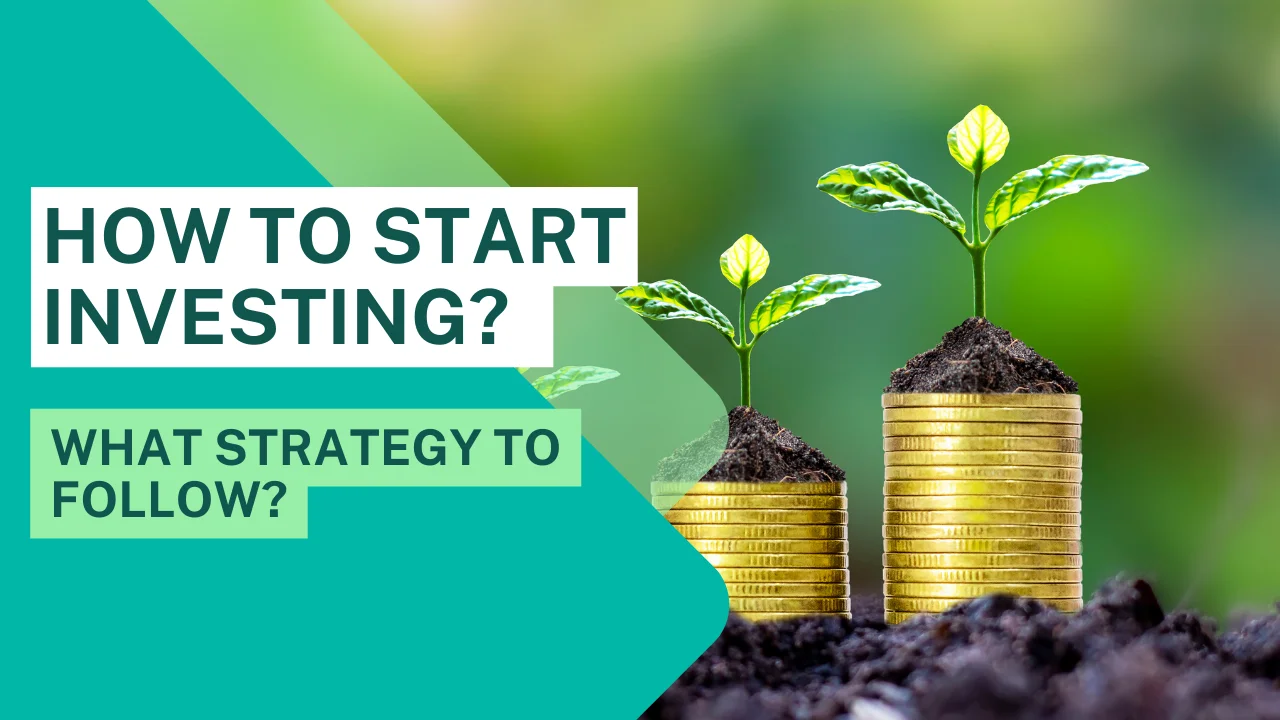How To Start Investing? It’s a really big question. Let’s answer this question.
An effective method for accumulating money and attaining financial objectives is investing. Individuals and organisations can make a return on their investment and perhaps increase their wealth over time by investing money in a range of assets such stocks, bonds, mutual funds, and real estate.
However, there is a risk associated with investing because asset values can change over time and there is no assurance that an investment will perform as anticipated. Investors should diversify their portfolio to reduce risk and increase return potential by understanding the hazards associated with various investment kinds.
Investment doesn’t mean that you invest for 20 years and you don’t check it.
Yes, Investment doesn’t mean that you invest for 20 years and you don’t check it. | What to invest and what strategy to follow?
So you should have little patience to check the price of stock, every quarter.
I can easily tell you from my experience that it is not a good practice that you have not checked investments at regular intervals.
I have invested in stock for long term (a division of my portfolio is like 80% in large cap, 15% in mid-cap and 5% in small and microcap ) and I have seen that after 5 years my portfolio gave a return of almost 70% , some stock gave 100 to 150% , some 40-50% , one was at same price.
Then suddenly market goes down and portfolio return comes down to 40% in 2019 covid time.
The thing that I should do is Iike I should sell my complete portfolio and again I could have bought the same stocks at a cheaper level. I keep myself close saying that I am a long-term investor, I should not touch it. But I was wrong. So it is very important to sell your investment and restructured your portfolio from time to time.
So I always put stop loss equipped with GTT ( Good Till Trigger) available with Zerodha and Upstox. So in case I forget to come out the GTT will work for me which also need to edit from time to time.
Also read :
Happiest minds share price target in the year 2040 & share history
Some important step for investment:
Asset allocation, which involves choosing how to divide your investments across various asset classes, is a crucial phase in the investment process. Due to the fact that various asset classes frequently exhibit varying degrees of performance depending on the market environment, asset allocation may help diversify your portfolio and lower risk. For instance, equities offer the potential for bigger long-term gains but are often more volatile than bonds.
Understanding the many kinds of assets that are available is another important component of investing. Typical asset kinds include the following:
Stocks: Stocks represent ownership in a company and can be a good choice for investors looking for long-term growth. However, stocks are also subject to market fluctuations and can be risky, especially for short-term investors.
- Bonds: Bonds are loans that are issued by governments or businesses. They can give investors a reliable source of income. They have lesser potential returns but are typically thought to be less hazardous than equities.
- Mutual funds: A form of investment vehicle known as a mutual fund pools the funds of several individuals and makes investments in a broad portfolio of stocks, bonds, and other assets. Mutual funds can provide expert management and diversity, but they often include fees that can lower returns.
- Real estate: For investors seeking for long-term development and income, real estate might be an excellent option. Rental properties, commercial buildings, and real estate investment trusts (REITs) are all examples of real estate investments. Property can be a relatively stable asset class, but it also involves significant upfront costs and ongoing maintenance expenses.
Investors should familiarise themselves with the numerous accessible investing methods in addition to comprehending various asset classes. Several typical tactics include:
- Value investing: Value investing is purchasing assets that are seen to be undervalued by the market and then selling them when their fair market value has been reached. This approach is predicated on the notion that market valuations are not always reliable and that certain assets are currently undervalued.
- Growth investing: Growth investing involves purchasing assets that are anticipated to increase quickly in the future, such as small businesses with great potential, is known as growth investment. Instead of focusing on income, this strategy is more concerned with capital growth.
- Income investing: Income investing involves purchasing assets that produce consistent income, such as dividends from stocks or interest from bonds, is known as income investing. Instead than focusing on capital growth, this method aims to produce a consistent stream of income.
- Diversification: To lower risk, diversification entails distributing your assets over a range of different asset classes and industries. This may be accomplished by combining several investment kinds, including stock, bond, and real estate investments, as well as investments in various businesses and geographical areas.
In conclusion, investing can be a powerful tool for building wealth and achieving financial goals. However, it is important for investors to understand the risks involved and to carefully consider.
Important Notice:
Interested in learning Basic Stock Market Course in Hindi (with 30 days money-back policy if not satisfied.)

2 thoughts on “How To Start Investing? | What strategy to follow?”